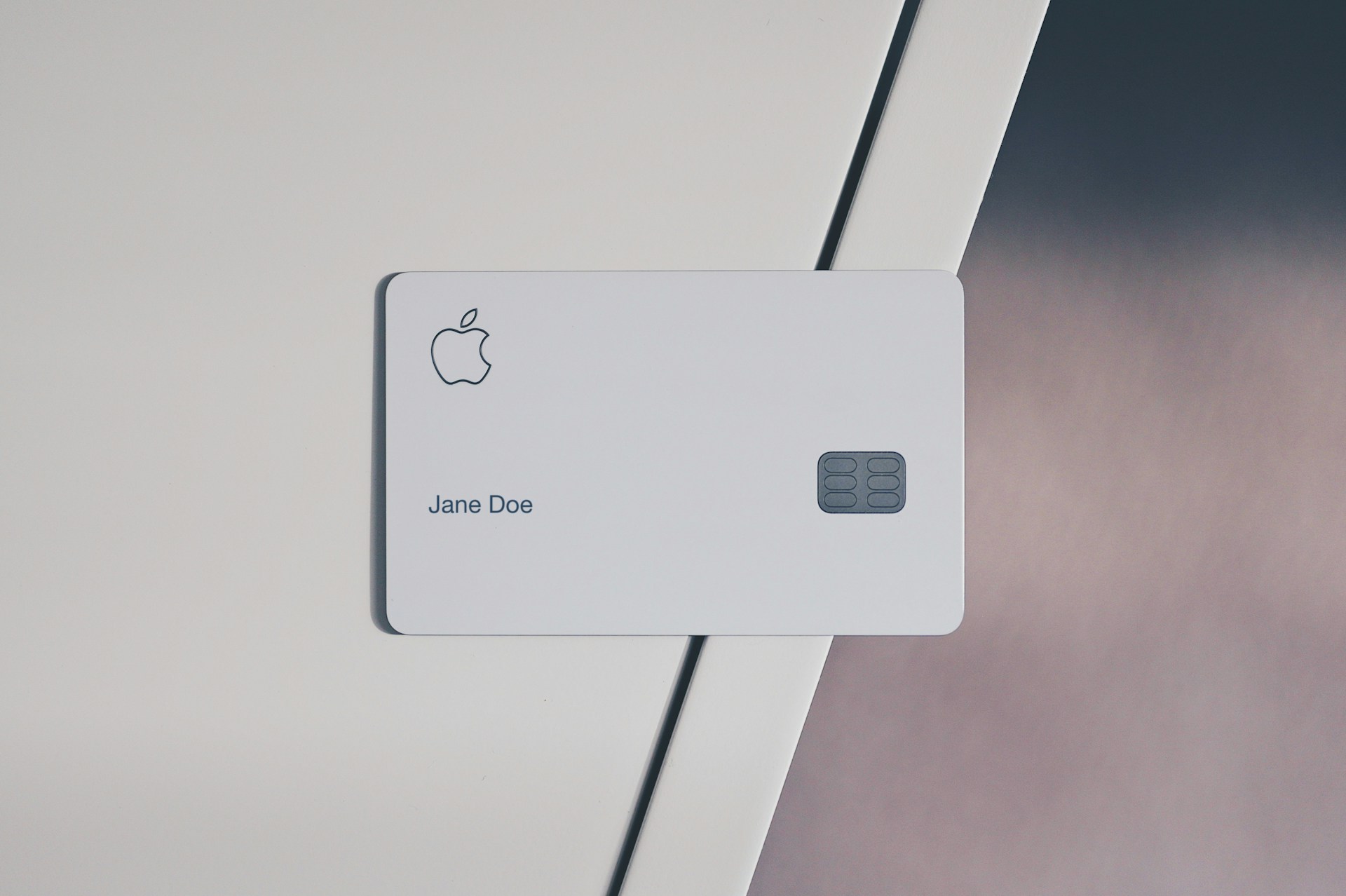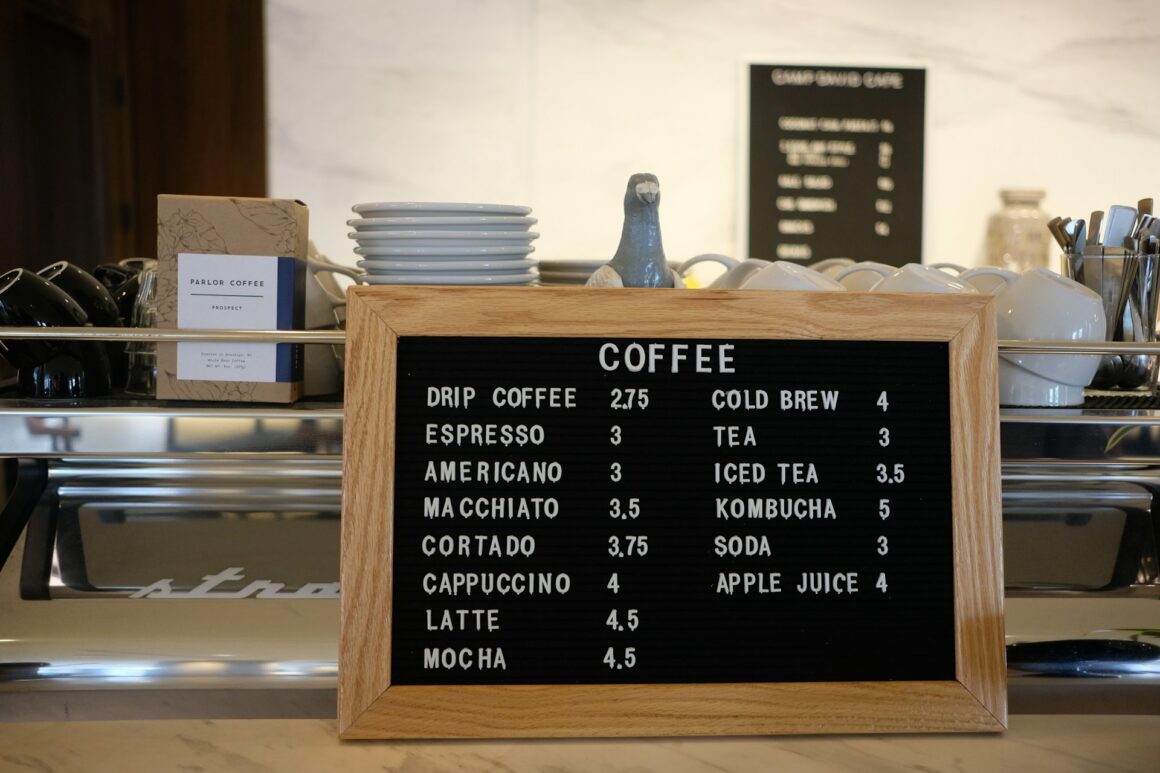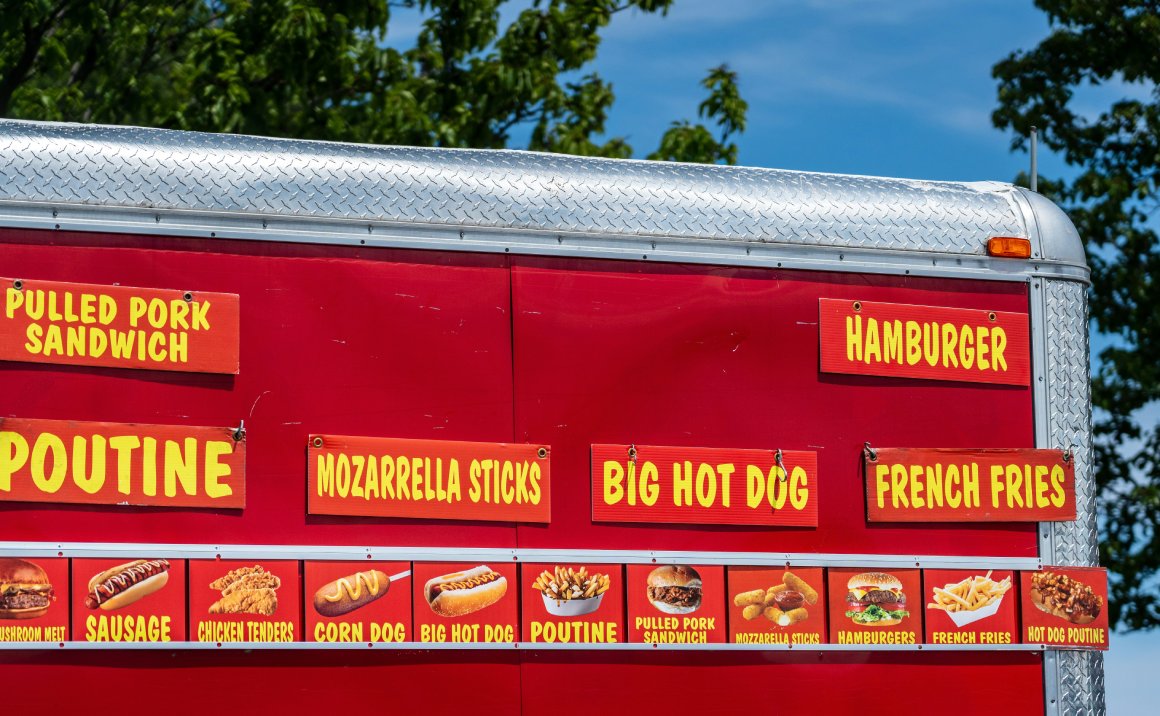
Is Stripe the Best Payment Processor for Your Food Truck?
This post is part of a regular series. Click here to start at the beginning.
For food truck owners, flexibility is key when it comes to accepting payments. If your business includes both a physical food truck and an online presence, or if you want more advanced customization in your payment processing, Stripe could be the perfect solution. Known for its developer-friendly API and robust online payment capabilities, Stripe offers more than just card readers—it provides a comprehensive platform for both in-person and online payments.
In this post, we’ll explore how Stripe fits into the food truck payment processing world, highlighting its strengths, customization options, and the type of businesses that might benefit most from using it.
1. Stripe’s Developer-Friendly Platform for Customization
One of the standout features of Stripe is its ability to be fully customized. Unlike plug-and-play solutions like Square or PayPal, Stripe is designed for businesses that want a more hands-on approach to how they manage payments. With its powerful API, you can integrate Stripe into your existing website or mobile app, create custom checkout processes, and even handle complex payment needs, such as subscriptions or recurring billing.
Key Features for Food Trucks:
- Online Integration: If your food truck has an online ordering system, or if you sell merchandise, sauces, or other products online, Stripe can be easily integrated into your website. This allows you to manage both your in-person and online sales in one place.
Example: A BBQ truck that sells branded sauces and rubs online uses Stripe to manage their e-commerce store. Customers can pay directly through the truck’s website, and Stripe handles the payment processing seamlessly. - Custom Checkout Experience: With Stripe, you can design a checkout process that fits your business needs. Whether it’s adding a tipping option, offering discounts, or managing complex orders, Stripe gives you full control over how customers interact with your payment system.
Example: A taco truck creates a custom online ordering system where customers can place pre-orders, pay in advance, and choose their pickup time. Stripe processes the payments and integrates with their POS system to ensure the truck is ready for pickup orders during peak times.
2. In-Person Payments with Stripe Terminal
While Stripe is best known for its online payment capabilities, it also offers a solution for in-person transactions: Stripe Terminal. This allows food truck operators to accept payments in person using card readers that integrate directly with Stripe’s online platform.
Stripe Terminal for Food Trucks:
- Card Readers for In-Person Payments: Stripe Terminal offers portable card readers that accept chip, swipe, and contactless payments. These readers connect directly to Stripe’s platform, ensuring that all your transactions—whether online or in-person—are managed in one unified system.
Example: A burger truck uses Stripe Terminal to accept in-person payments at events. Customers can pay with their credit cards, Apple Pay, or Google Pay, and all the payments are automatically synced with the truck’s online sales data. - Custom Hardware Options: With Stripe Terminal, you can choose hardware that suits your business. From countertop terminals to handheld card readers, Stripe offers flexible solutions that work for food trucks of all sizes.
Example: An Asian fusion truck uses a portable card reader from Stripe Terminal that connects to their tablet, allowing them to move freely around the truck while taking payments from customers.
3. Transparent and Competitive Fees
Stripe offers transparent pricing for both online and in-person payments. While it’s slightly more complex than some other processors, Stripe’s fee structure is straightforward and competitive, especially for businesses that operate both online and offline.
Understanding Stripe’s Fees:
- In-Person Transaction Fees: For in-person payments processed through Stripe Terminal, you’ll pay 2.7% + 5¢ per transaction. This is competitive with other payment processors like Square and Toast, and offers the advantage of unified management for both online and offline payments.
Example: A taco truck processing $500 in card payments during a busy day would pay about $13.75 in fees, which is on par with other payment processors. - Online Transaction Fees: For online payments, Stripe charges 2.9% + 30¢ per transaction. This fee is standard across most online payment processors, but Stripe’s additional features like fraud prevention and subscription management make it a valuable option for businesses with an online component.
Example: A smoothie truck that processes online orders for weekend events pays $2.90 + 30¢ for a $100 online order through their website. - No Monthly Fees or Contracts: Like many of its competitors, Stripe does not charge monthly fees or require long-term contracts. You only pay for the transactions you process, making it a flexible option for food trucks with varying sales volumes.
4. Advanced Business Tools for Growth
If you’re looking to scale your food truck business beyond day-to-day operations, Stripe offers a wide range of advanced business tools that can help you grow. From subscription management to recurring billing and detailed analytics, Stripe provides the tools you need to expand your business both online and offline.
Advanced Features for Food Trucks:
- Subscription and Recurring Payments: If your food truck offers subscription services, like a monthly meal plan or a loyalty program, Stripe can handle these recurring payments seamlessly. This feature allows you to set up regular billing for your customers, ensuring consistent revenue for your business.
Example: A BBQ truck offers a monthly subscription box with different sauces and rubs. Stripe manages the recurring billing and ensures customers are charged on the same day each month. - Fraud Prevention: Stripe includes built-in fraud detection tools, which help protect your business from fraudulent transactions. This is especially important for food trucks that operate in busy areas where high volumes of transactions are processed daily.
Example: A burger truck using Stripe benefits from real-time fraud prevention, ensuring that any suspicious activity is flagged before the transaction is processed. - Detailed Analytics and Reporting: Stripe provides in-depth reporting tools that allow you to track sales, monitor customer behavior, and analyze payment trends. These reports can help you optimize your menu, pricing, and marketing efforts to improve overall sales.
Example: An Asian fusion truck uses Stripe’s analytics to track which menu items sell best during certain times of the day, allowing them to adjust their offerings based on real-time sales data.
5. Limitations of Stripe for Food Trucks
While Stripe offers a wealth of features for food trucks, there are some limitations to consider.
Key Limitations:
- Complex Setup: Unlike more straightforward solutions like Square or PayPal, Stripe requires a bit more technical knowledge, especially if you plan to use its advanced features like custom checkouts or subscription management. Food truck owners without a developer or technical expertise may find Stripe harder to set up and manage.
Example: A smoothie truck owner who isn’t familiar with coding might struggle to integrate Stripe into their website without hiring a developer. - No Built-In POS System: Stripe doesn’t offer a built-in POS system like Square or Toast. While you can use Stripe Terminal for in-person payments, it lacks some of the restaurant-specific features that Toast provides, such as inventory management or kitchen display systems.
Example: A taco truck that needs a full POS system to manage orders and inventory might find Stripe lacking in this area.
Conclusion: Is Stripe the Right Fit for Your Food Truck?
If your food truck has an online presence or you’re looking for a highly customizable payment solution, Stripe is an excellent choice. Its developer-friendly platform, powerful online integration, and advanced business tools make it ideal for food trucks that want more control over their payment processing and business growth.
However, if you’re looking for a more plug-and-play solution or need a comprehensive POS system that includes features like inventory tracking, Stripe might not be the best fit for your truck. In these cases, a solution like Square or Toast may be more suitable.
Stay tuned for the next post in our series, where we’ll explore SumUp and Zettle as payment processing solutions for food trucks!
This post is part of a regular series. Please use these links to view the rest of the series in order.
How to Create Memorable Customer Experiences for Your Food Truck
Creating Memorable Experiences: The Key to Customer Loyalty for Your Food Truck In the competitive…
Effective Ways to Control Flies on Your Food Truck
A Complete Guide for Flying Pest Control Running a food truck brings a unique set…
How to Build an Efficient, Cost-Effective Food Truck Menu
Crafting the Perfect Food Truck Menu: Efficiency, Speed, and Versatility Building a food truck menu…




